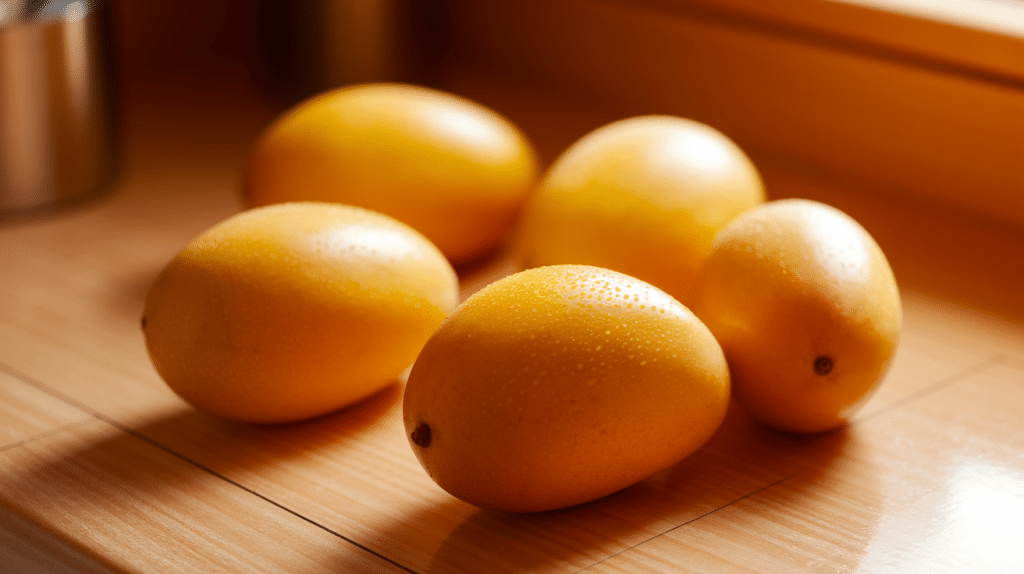Did you know that mangoes are the most popular fruit in the world? These juicy, golden treasures have been delighting taste buds for over 4,000 years.
Beyond their sweet, tropical flavor, mangoes have a rich history, surprising health benefits, and show up in cultures around the globe in unexpected ways.
From ancient royalty to modern cuisine, mangoes have stories to tell. Join us as we go through these juicy facts about mangoes.
Sweet & Surprising Fun Facts About Mangoes
There’s more to mangoes than their juicy flavor; these sweet and surprising facts will show you why they’re truly one-of-a-kind:
1. Mangoes Originated in India Over 5,000 Years Ago
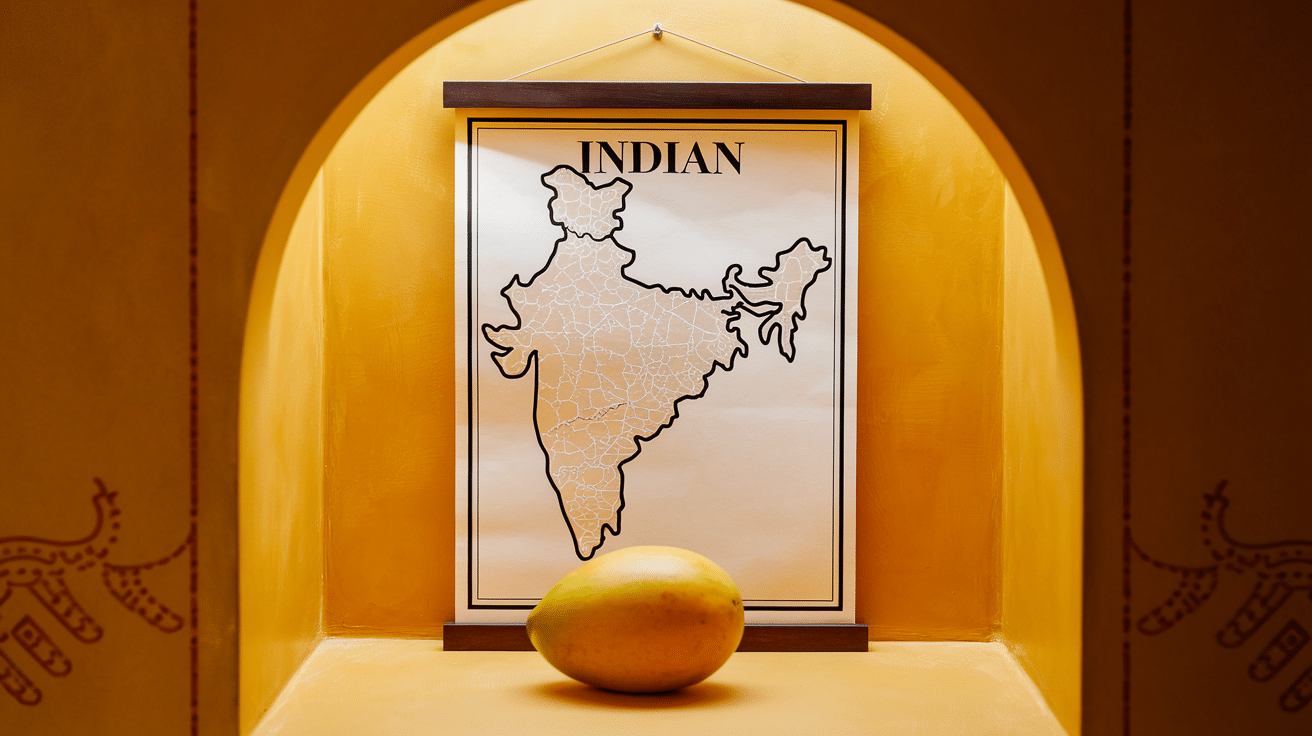
Mangoes are believed to have first grown in India around 5,000 years ago. India is considered the birthplace of the fruit, and it has been an important part of Indian culture and cuisine for centuries.
2. Mango is the National Fruit of Three Countries
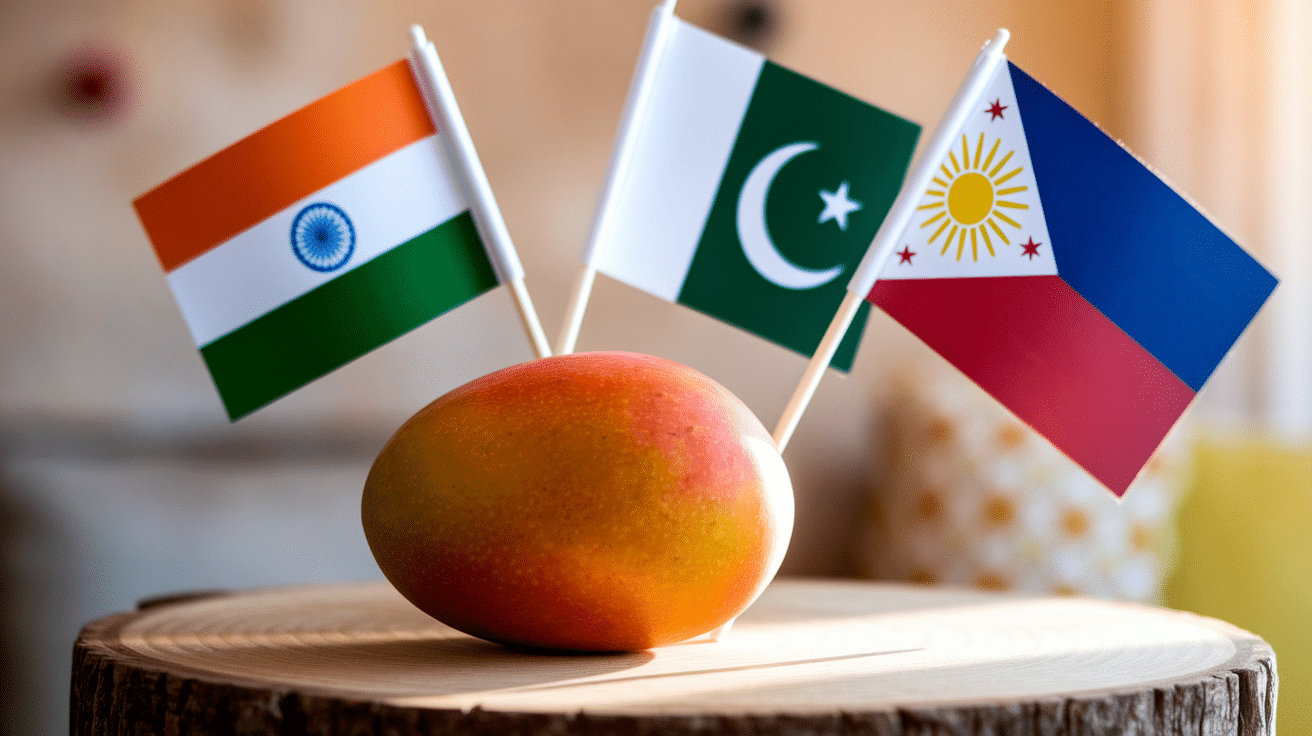
Mango is deeply significant in many countries. It is the national fruit of India, Pakistan, and the Philippines, and the mango tree is also the national tree of Bangladesh, depicting its cultural and economic importance.
3. There are Hundreds of Mango Varieties
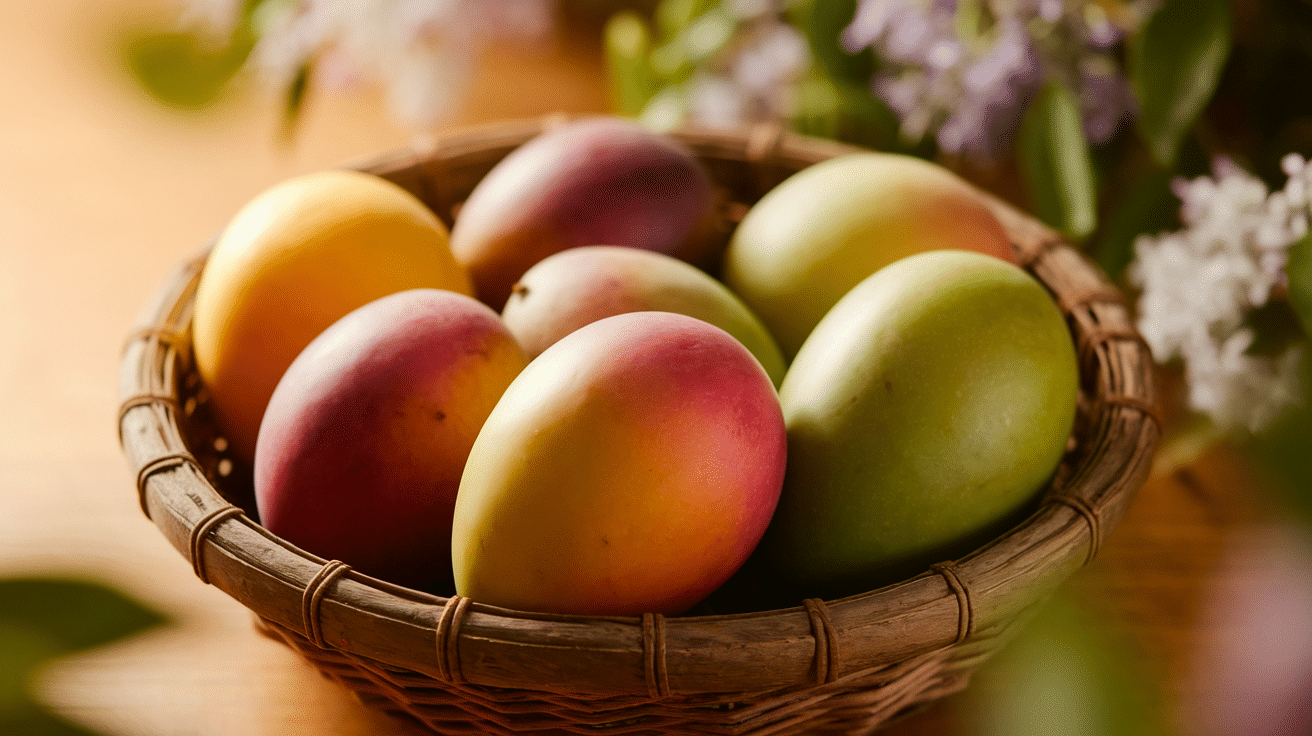
Mangoes come in a variety of shapes, sizes, and flavors. There are over 500 varieties worldwide, with some varieties being sweet, others tangy, and some even tasting like pineapple or citrus. Each variety has its own unique texture and flavor profile.
4. Mangoes Belong to the Same Family as Cashews
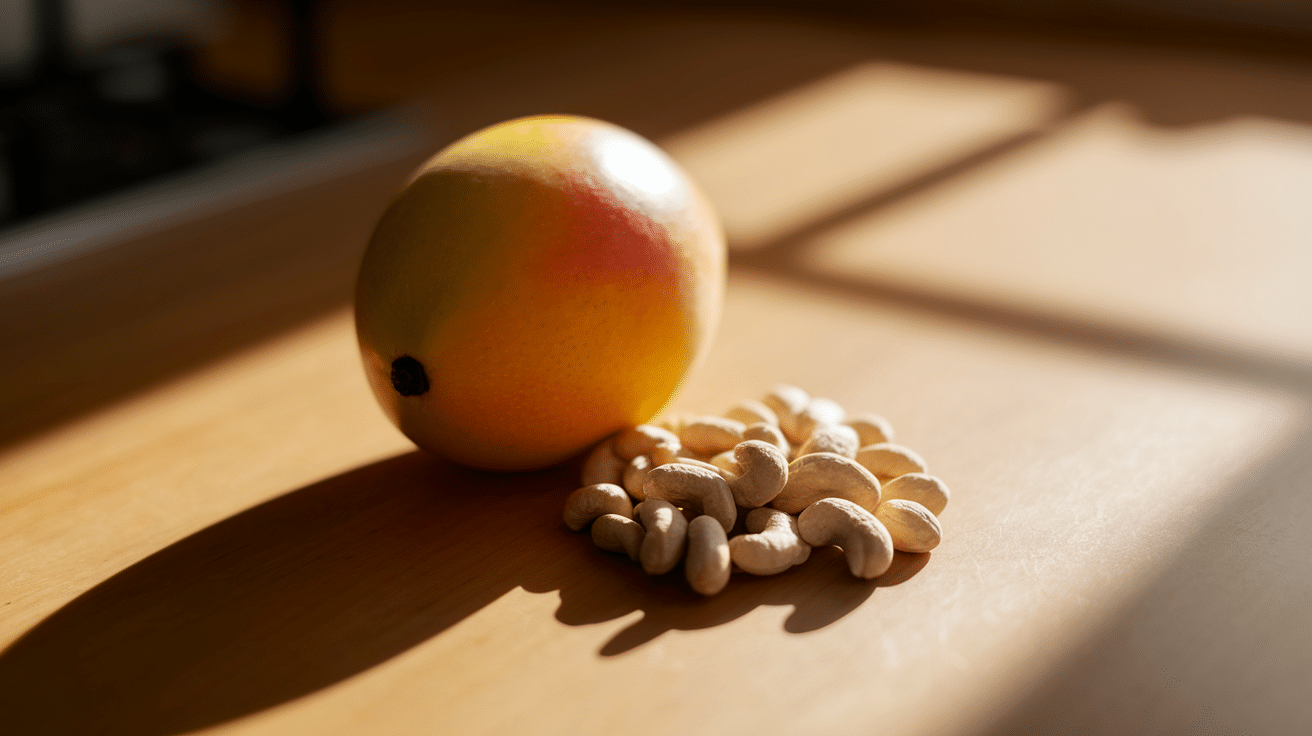
Mangoes are part of the Anacardiaceae family, which also includes cashews, pistachios, and poison ivy. Though they share a family, mangoes are quite distinct in terms of flavor and texture.
5. Mango Trees Can Live For Centuries
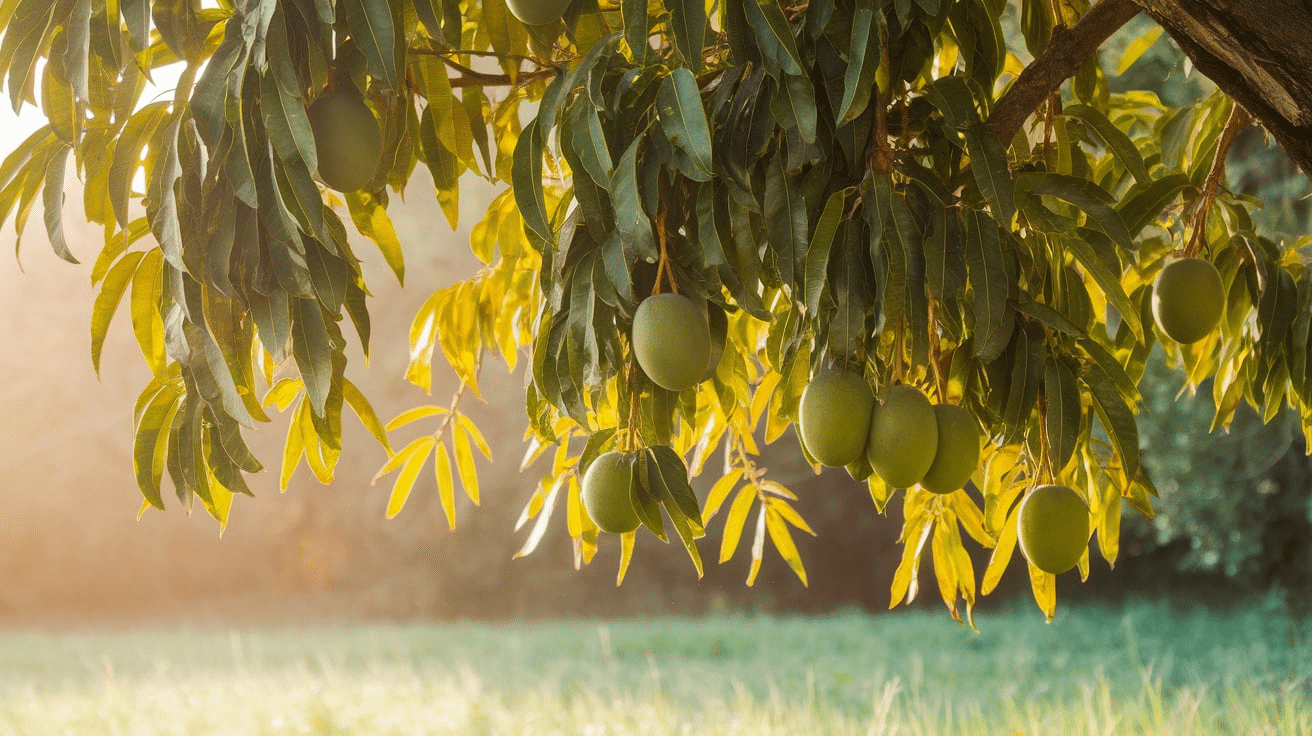
Mango trees are incredibly strong, with some trees living for over 300 years and continuing to produce fruit annually. They are long-lasting contributors to the ecosystems and economies of mango-growing regions.
6. The World’s Heaviest Mango Weighed Over 4.2 kg
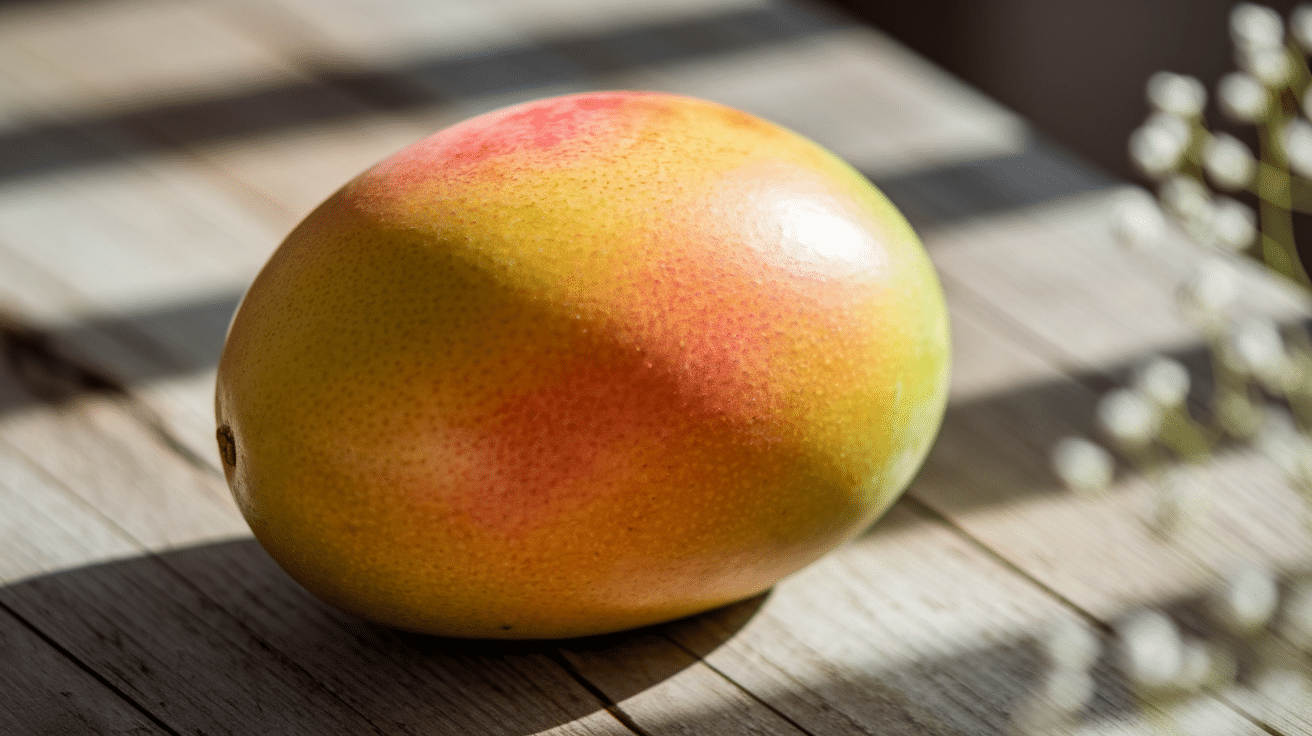
The largest mango ever recorded weighed a massive 4.25 kg (9.36 pounds) and was grown in the Philippines. This mango was longer than a ruler and set a record that still stands.
7. Mangoes are a Symbol of Love and Friendship
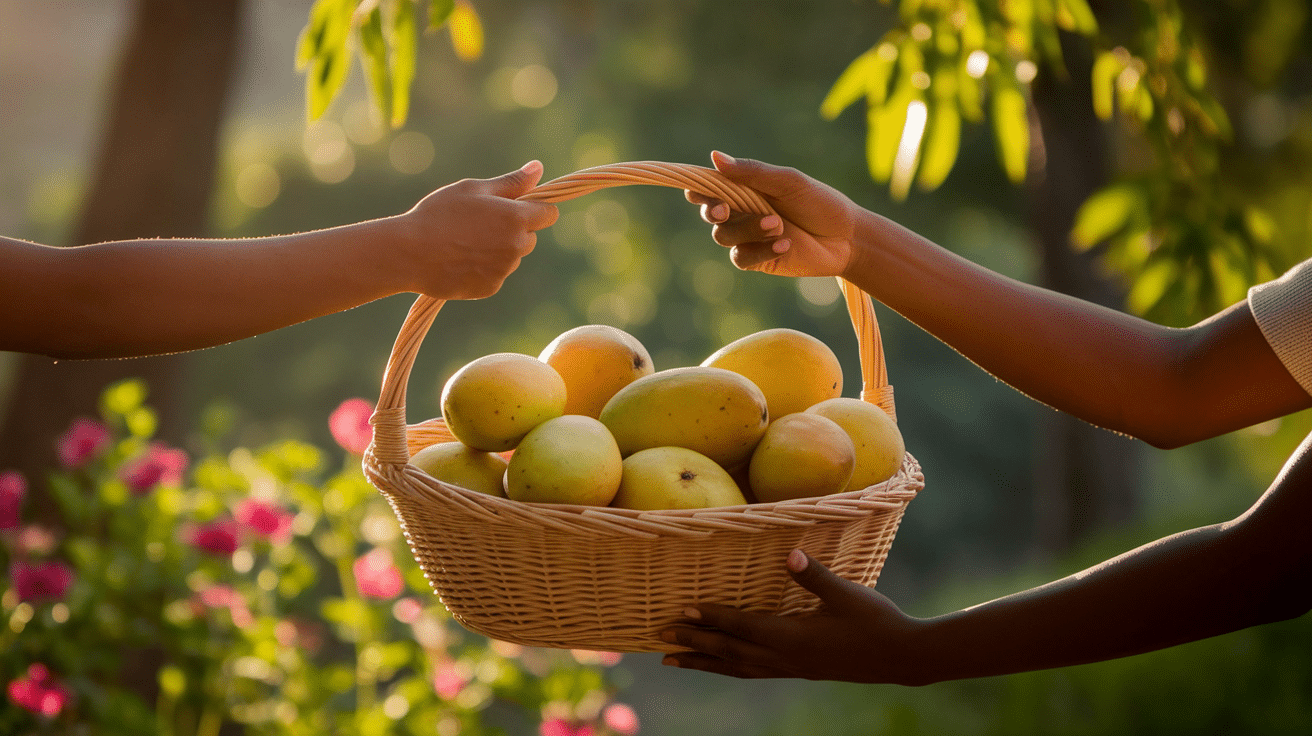
In India, mangoes are often given as a sign of love and friendship. Giving a basket of mangoes is a traditional gesture of goodwill, and the fruit holds significant cultural and symbolic meaning.
8. Buddha Meditated Under a Mango Tree

According to legend, the founder of Buddhism, Buddha, meditated under a mango tree and achieved enlightenment. This makes mango trees sacred in Buddhism, and they are often planted in religious sites.
9. Mangoes are a Drupe, or Stone Fruit
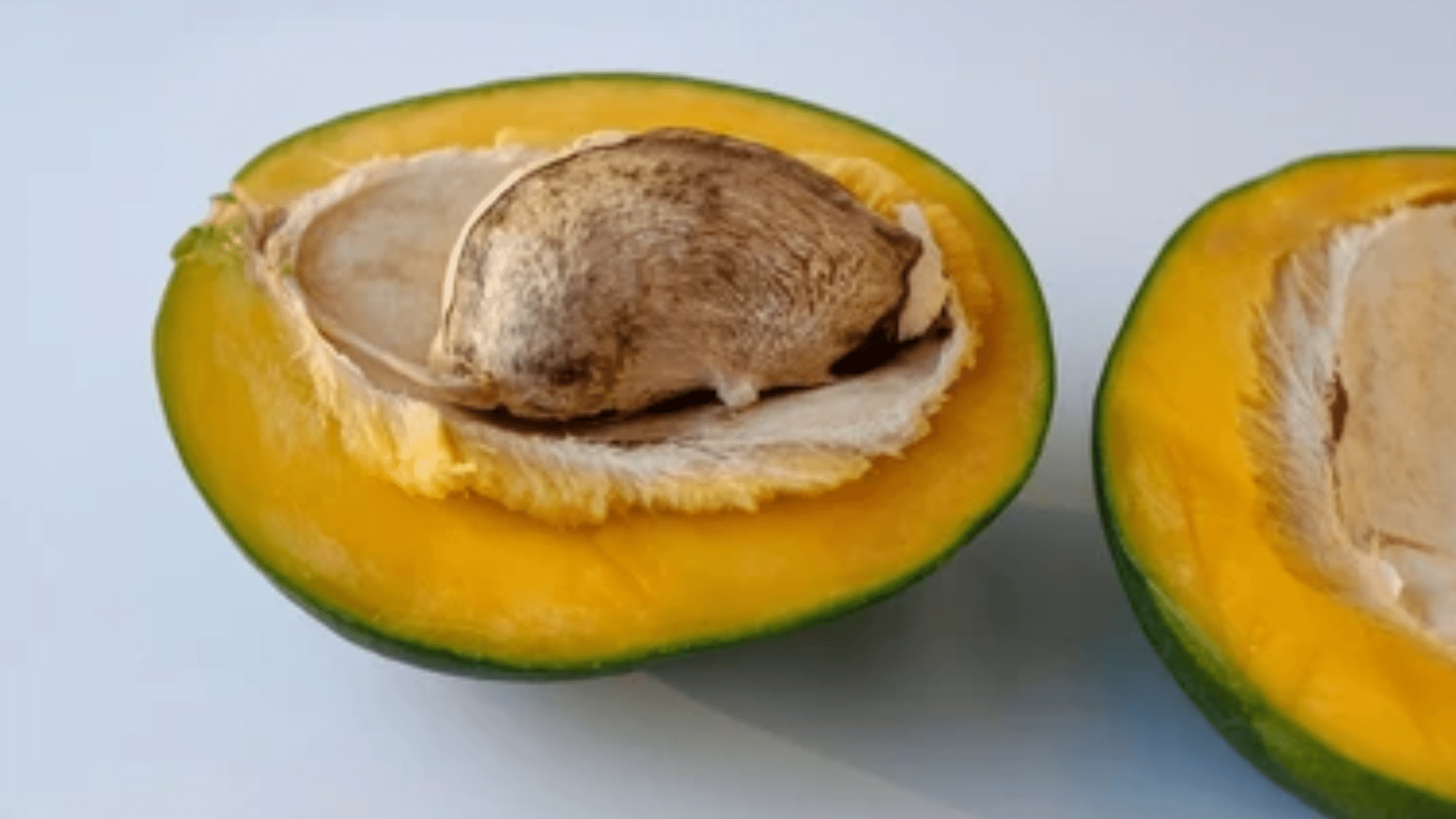
Mangoes are classified as drupe fruits, meaning they have a fleshy outer part with a hard seed in the middle. Other examples of drupes include peaches, cherries, and olives.
10. Mangoes are Packed with Vitamins
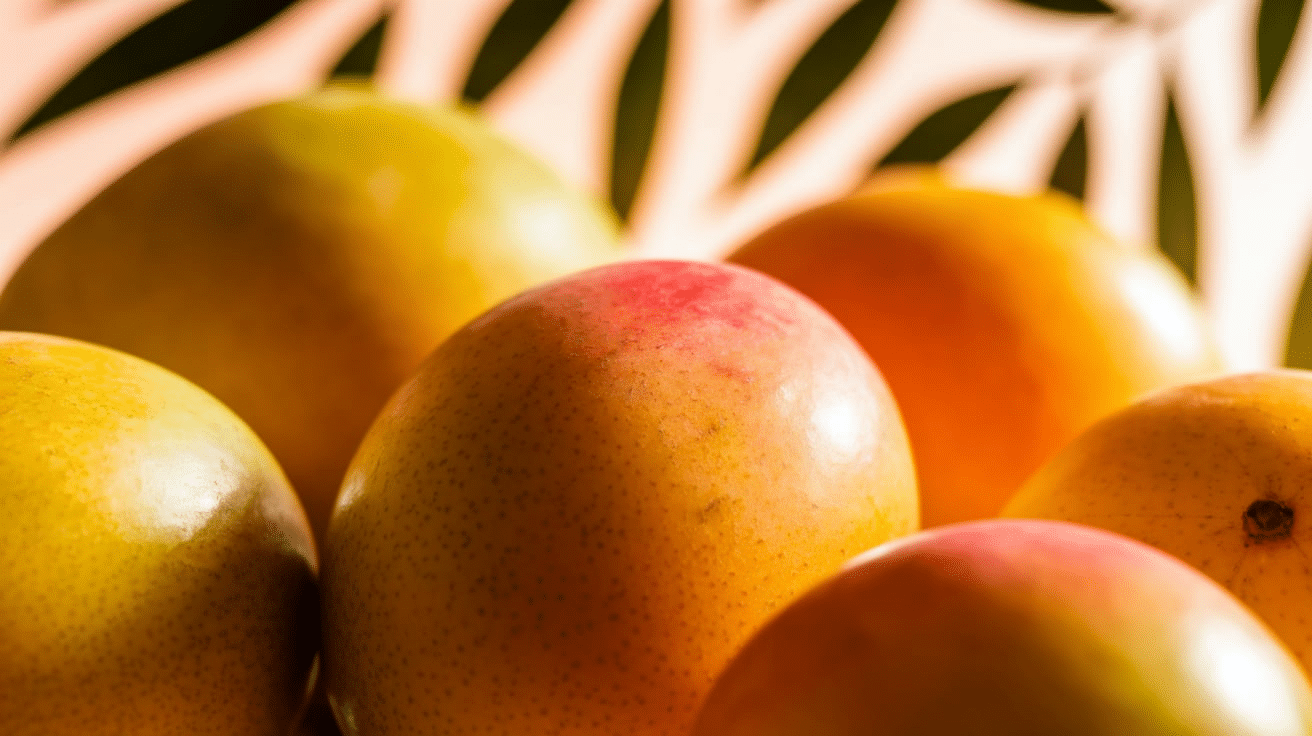
Mangoes are a nutritional powerhouse, rich in vitamin A, vitamin C, and vitamin D, making them an excellent source of nutrients that support immune health and skin vitality.
11. A Single Mango Can Have Up to 202 Calories
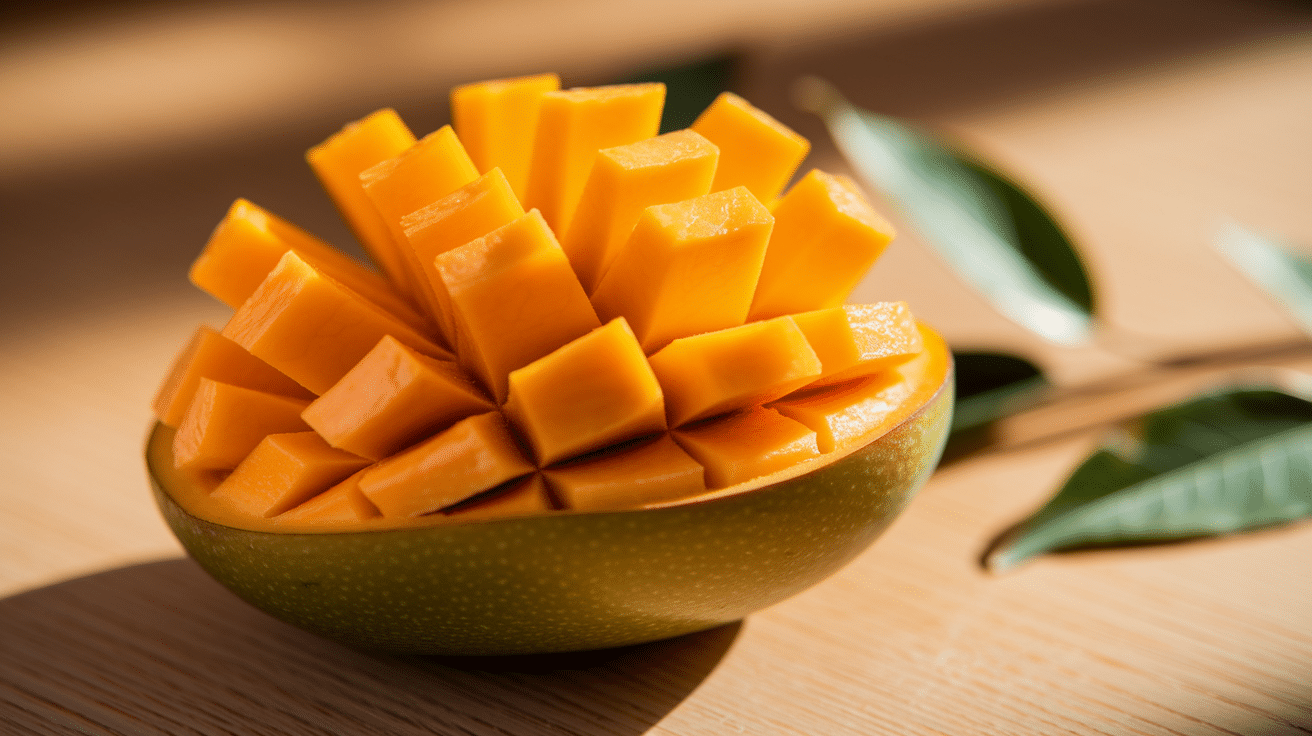
Despite being naturally sweet, mangoes are low in fat and cholesterol-free. A typical mango can contain up to 202 calories, making it a healthy, satisfying snack.
12. India is the World’s Largest Mango Producer
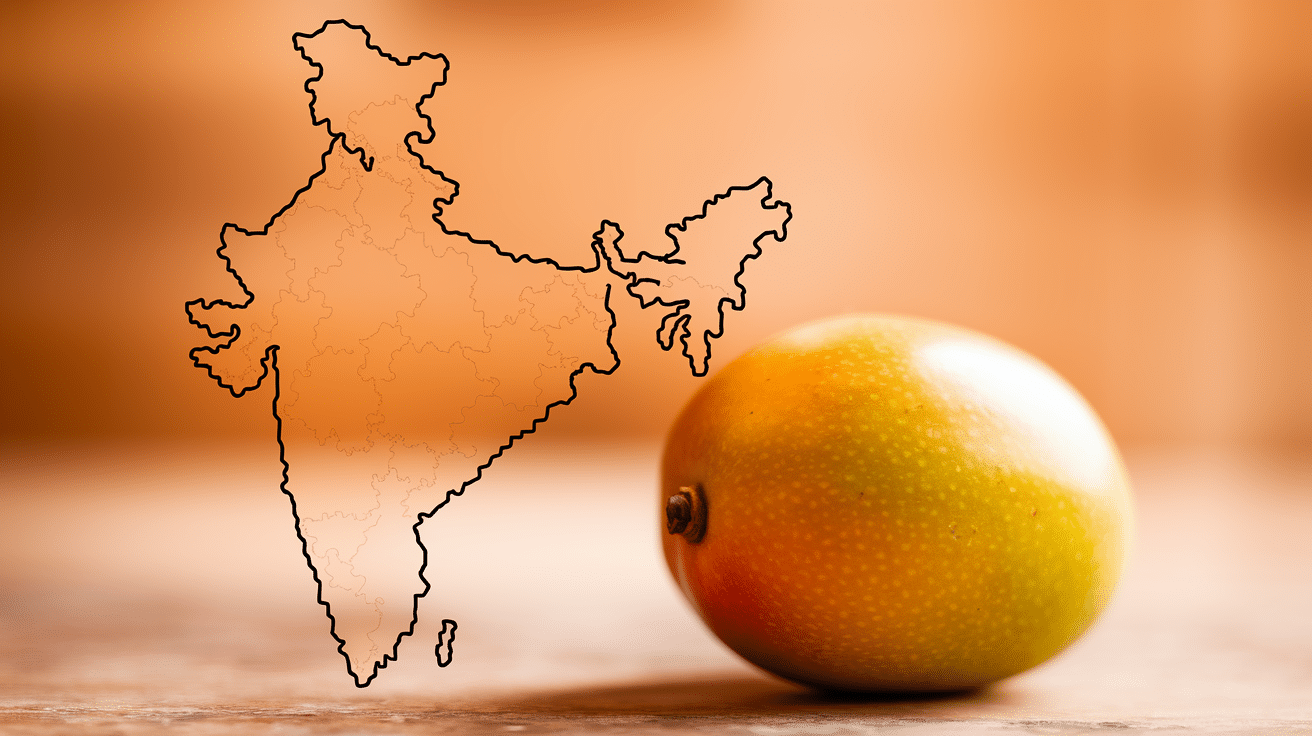
India is the world’s largest producer of mangoes, accounting for over 40% of global production. Other significant producers include China, Thailand, and Indonesia, but India remains dominant in the mango industry.
13. Mangoes Were Introduced in America in the 1600s
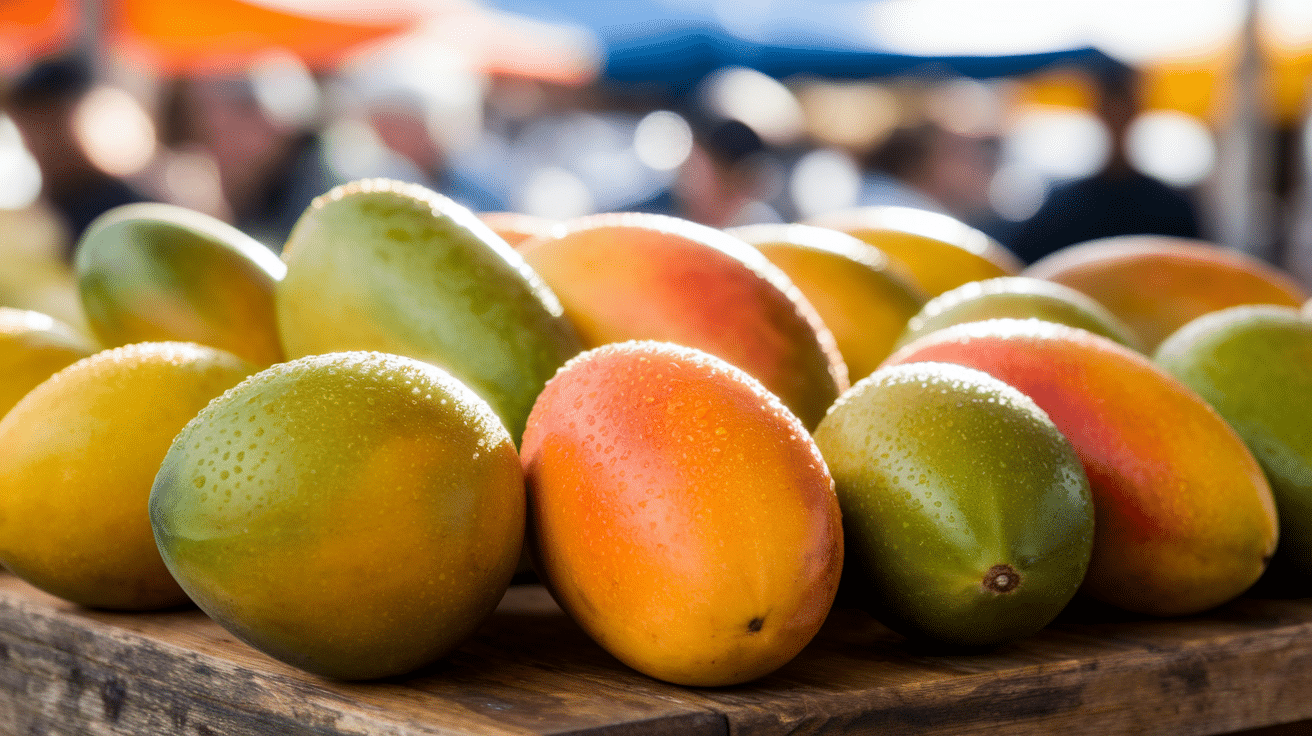
Spanish travellers brought mango seeds to South America and Mexico in the 1600s. From there, mangoes spread to other parts of the Americas, where they became an important fruit.
14. Mangoes are Harvested by Hand
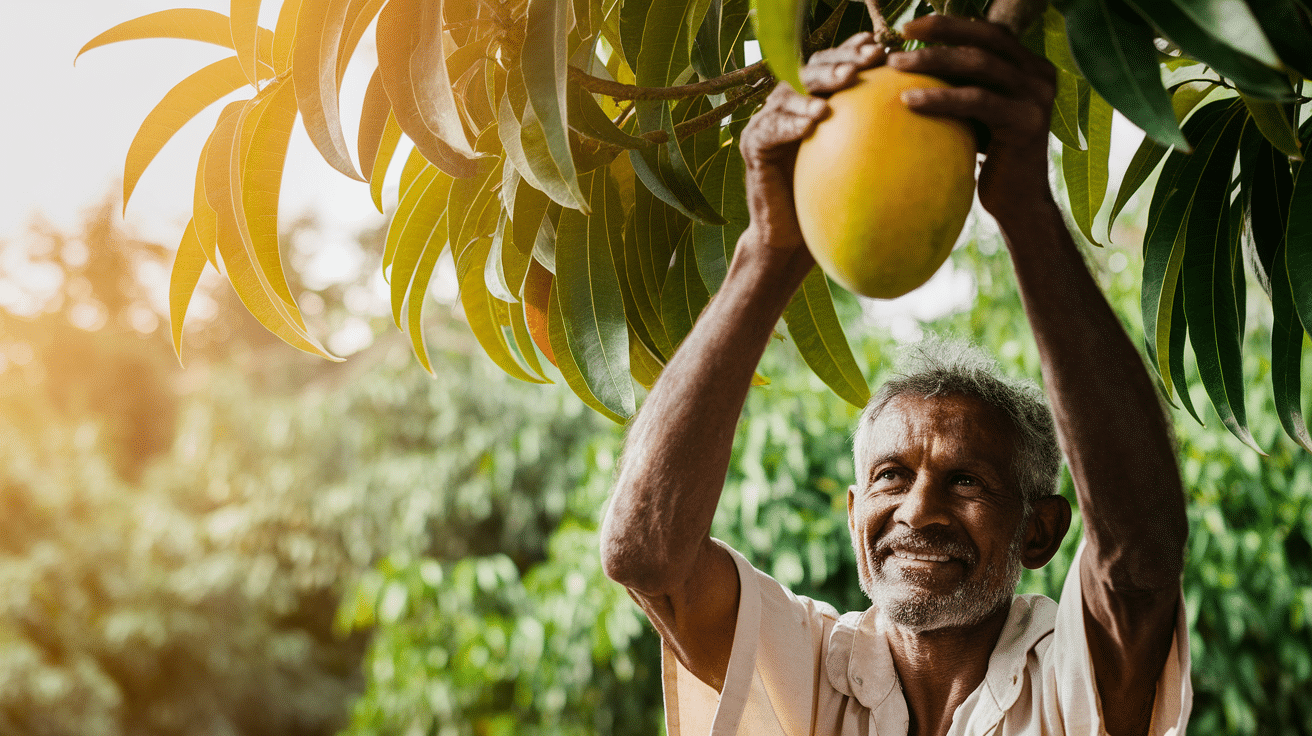
Unlike many other fruits that are harvested by machinery, mangoes are carefully hand-picked when ripe. It typically takes four months from flowering to harvest, with each mango picked by hand to ensure quality.
15. Insects Pollinate Mango Flowers

Mango flowers rely on insects like bees and butterflies for pollination. These insects transfer pollen between flowers, helping mango trees to produce fruit.
16. Less Than 1% of Mango Flowers Become Fruit
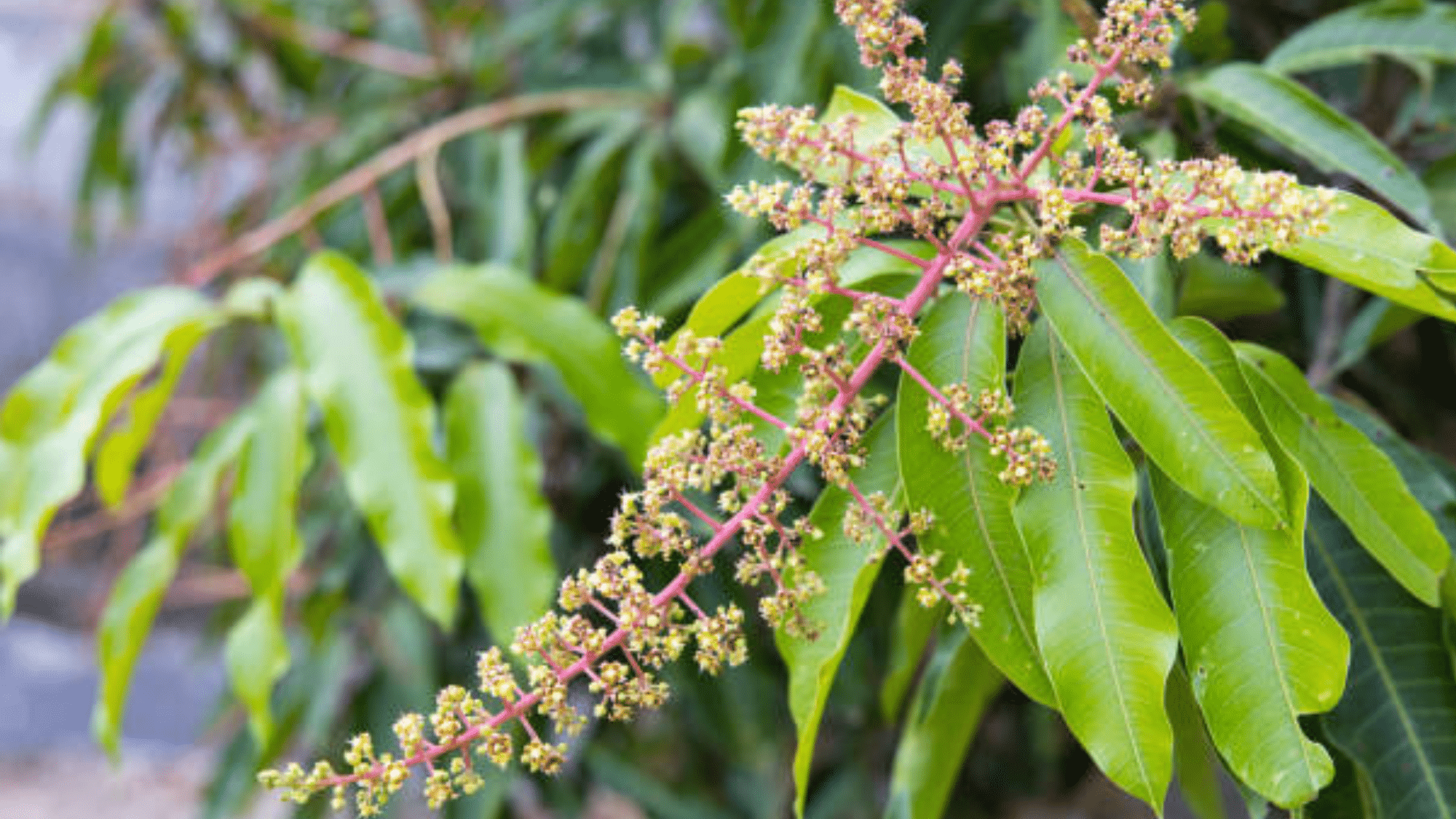
Mango trees produce thousands of flowers, but only a small fraction, often less than 1%, actually develop into mangoes. This high drop-off rate is common in many fruit-bearing trees.
17. Mango Leaves are Toxic to Cattle
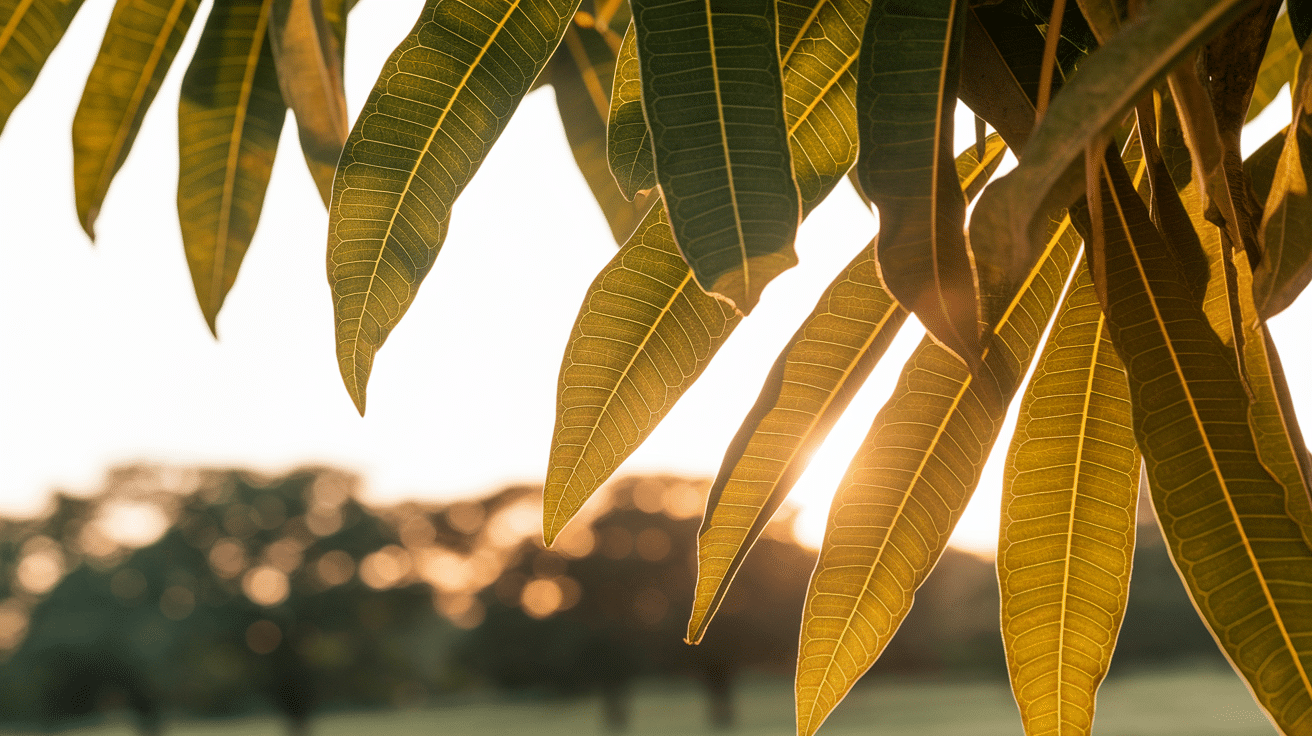
While mango fruit is safe for most animals to eat, mango leaves are toxic to livestock, including cows. They contain compounds that can cause illness if consumed in large quantities, and burning the leaves can release harmful toxins.
18. Mangoes Inspire the Paisley Pattern

The famous paisley design, often seen in textiles and decorations, is believed to have been inspired by the shape of the mango. This design has historical roots in India, where mangoes have long been an integral part of culture.
19. Mangoes are Available All Year Round
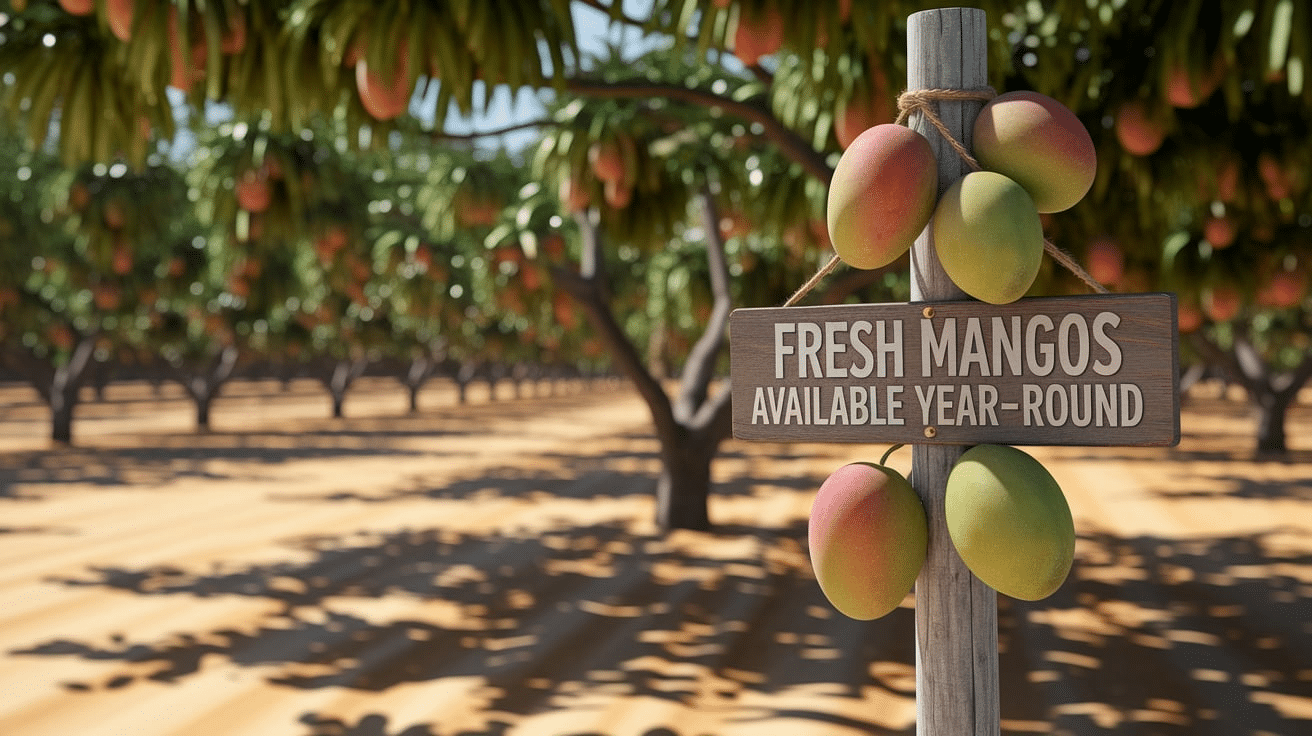
Thanks to the global cultivation of mangoes in both tropical and subtropical climates, they are available in stores year-round. This allows mango lovers to enjoy the fruit in all seasons.
20. Mangoes Ripen Best at Room Temperature
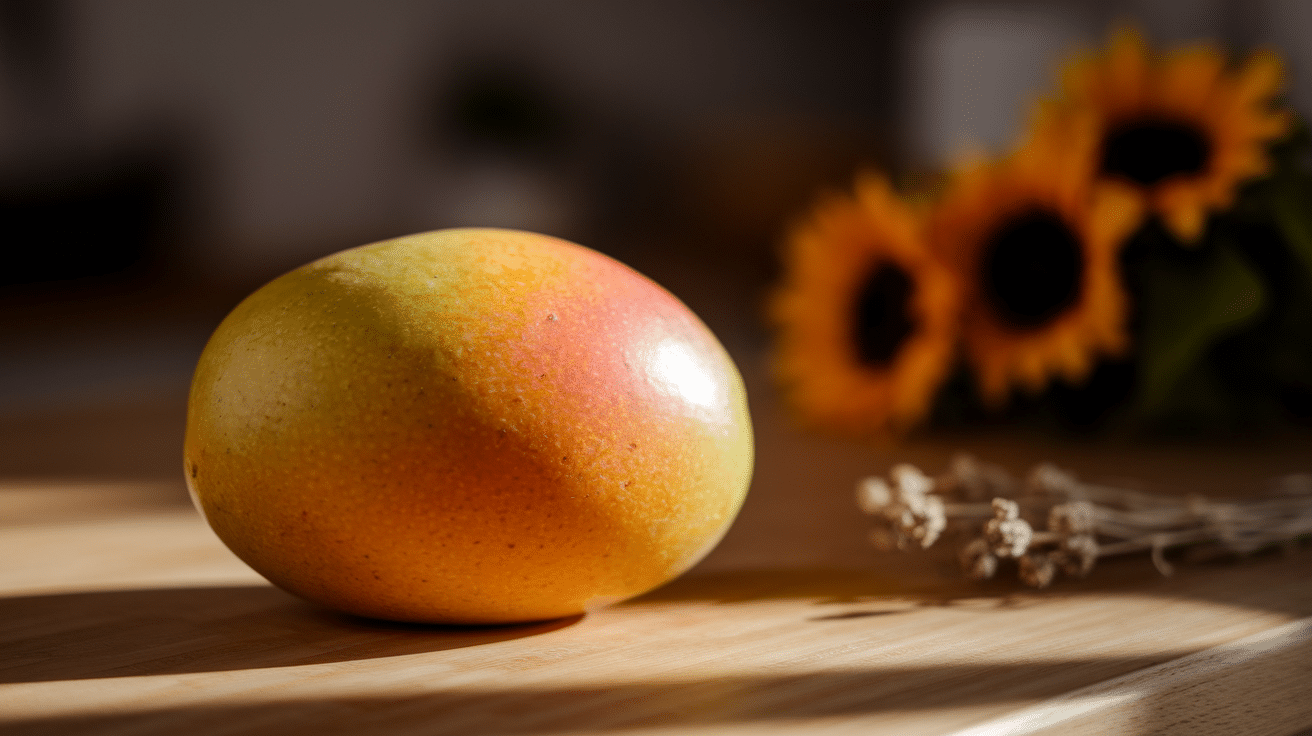
Mangoes should be stored at room temperature to ripen properly. You can tell if a mango is ripe by gently squeezing it; if it gives slightly, it’s ready to eat. The color isn’t always a reliable indicator of ripeness.
21. Mango Trees Can Grow Very Tall
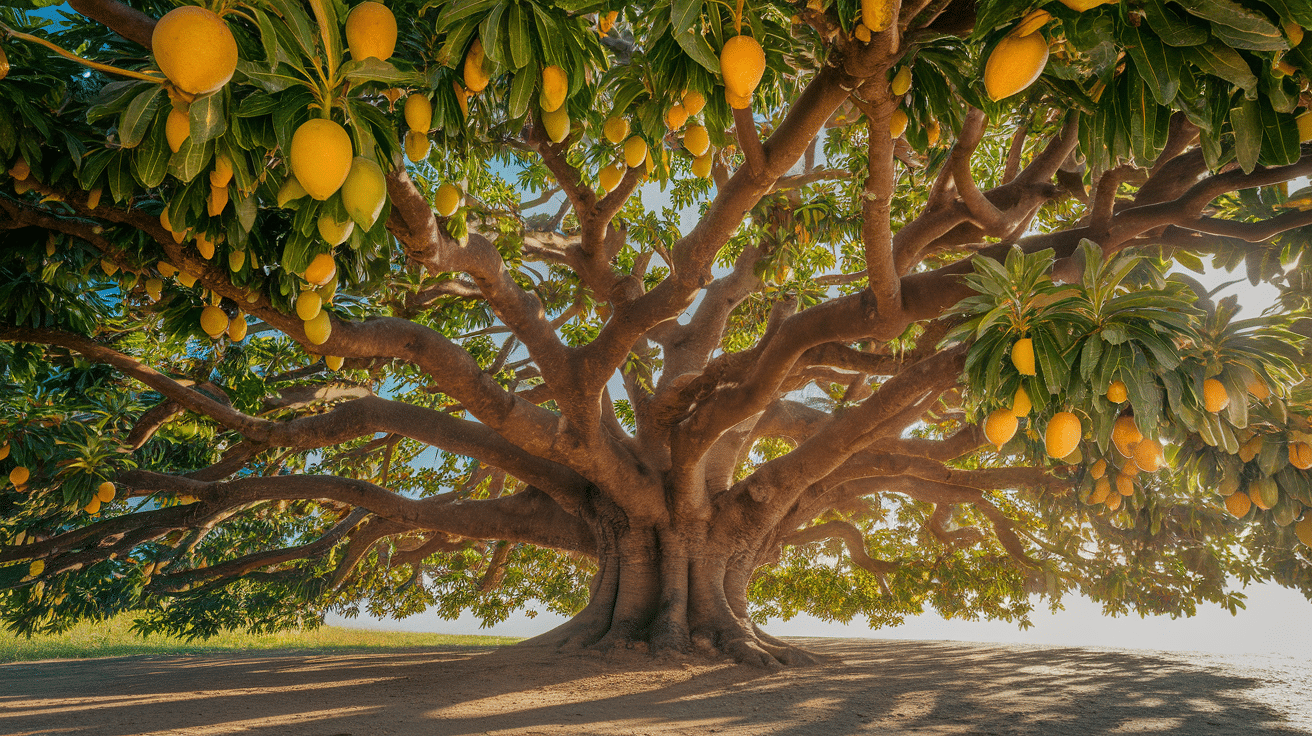
Some mango trees can grow as tall as 100 feet (30 meters) and spread out over a wide area. These trees form broad canopies that provide shade, making them valuable in tropical landscapes.
22. Mangoes Can Help Improve Digestion

Mangoes are rich in enzymes like amylase, which aid in breaking down and digesting food. Eating mangoes can support better digestion and help soothe the stomach.
23. The Plural of Mango
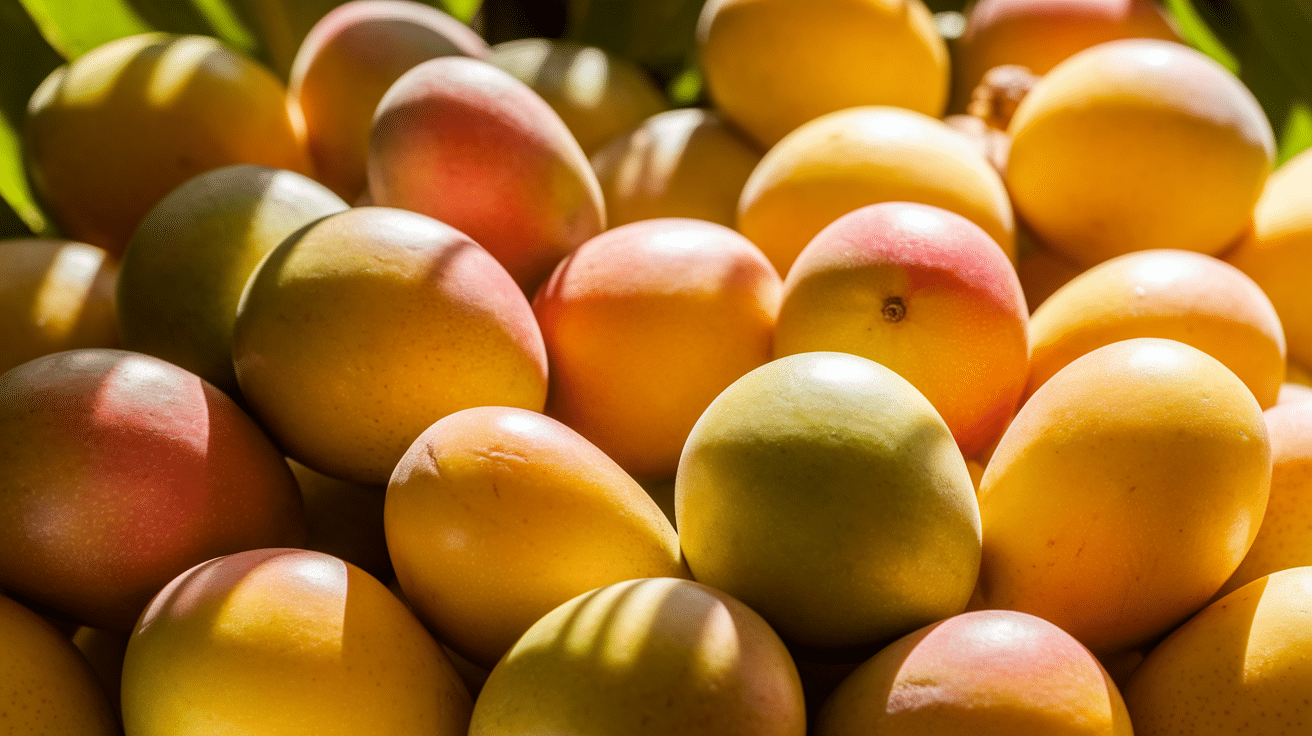
Both “mangoes” and “mangos” are commonly used as the plural form of mango. The use of one or the other depends on regional preferences, but both spellings are widely accepted.
24. Mangoes are Related to Poison Ivy

The skin, bark, and leaves of mango trees contain urushiol, the same compound found in poison ivy. While harmless when the fruit is eaten, contact with the skin of mango trees can cause allergic reactions in sensitive individuals.
25. Mangoes are Used in Many Dishes

Mangoes are incredibly versatile. They can be eaten fresh, juiced, or used in a wide variety of dishes, including pickles, chutneys, curries, and desserts. Their sweet and tangy flavor uplifts both savory and sweet recipes.
Conclusion
Isn’t it cool how much a mango can do? These facts show why this fruit has been ruling over hearts worldwide.
The next time you’re peeling a mango, remember you’re joining a tradition shared across continents and centuries.
If you prefer them in smoothies, curries, or straight from the fruit bowl, mangoes bring both joy and nutrition to your day.

